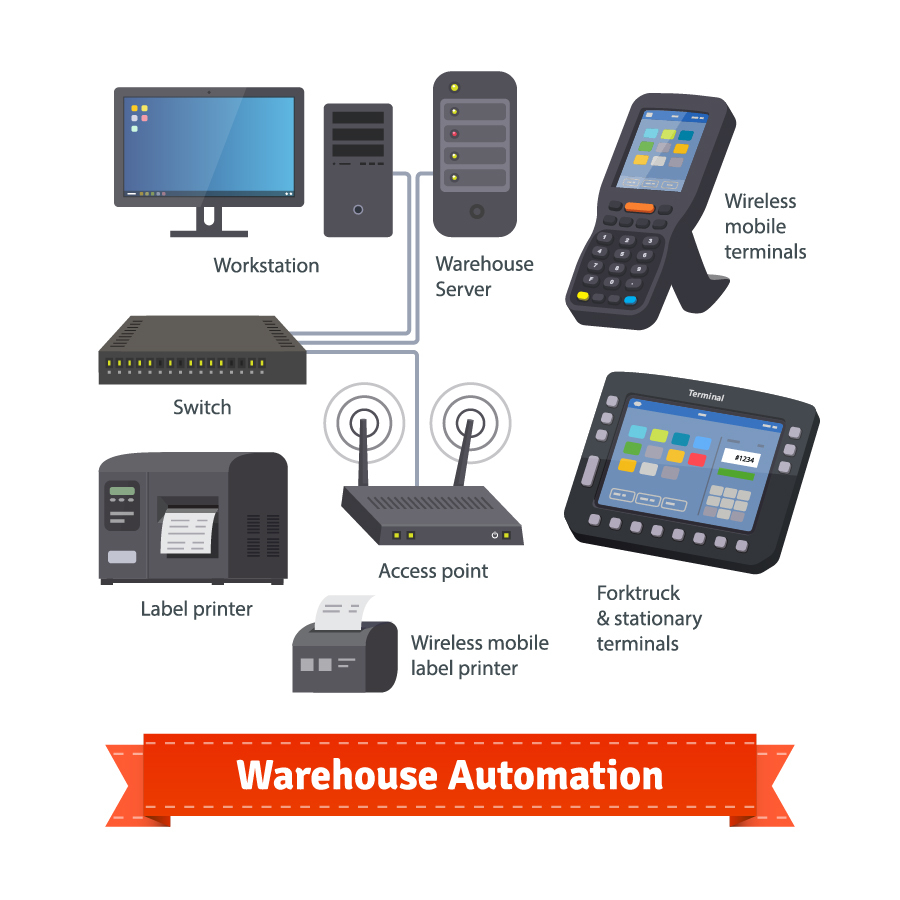Dynamisoft Services
Best Practice Meets AGILE/SCRUM
At Dynamisoft, we believe in being much more than a WMS (Warehouse Management System) software company…we believe that understanding your needs as a customer and then applying our solutions to those needs is what sets us apart. World-class service and support are what makes a software company desirable to work with, and in the end, delivers a successful implementation. In our AGILE/SCRUM section read about how we have adapted AGILE/SCRUM to Warehouse Management to give you an on-time / in-budget implementation.
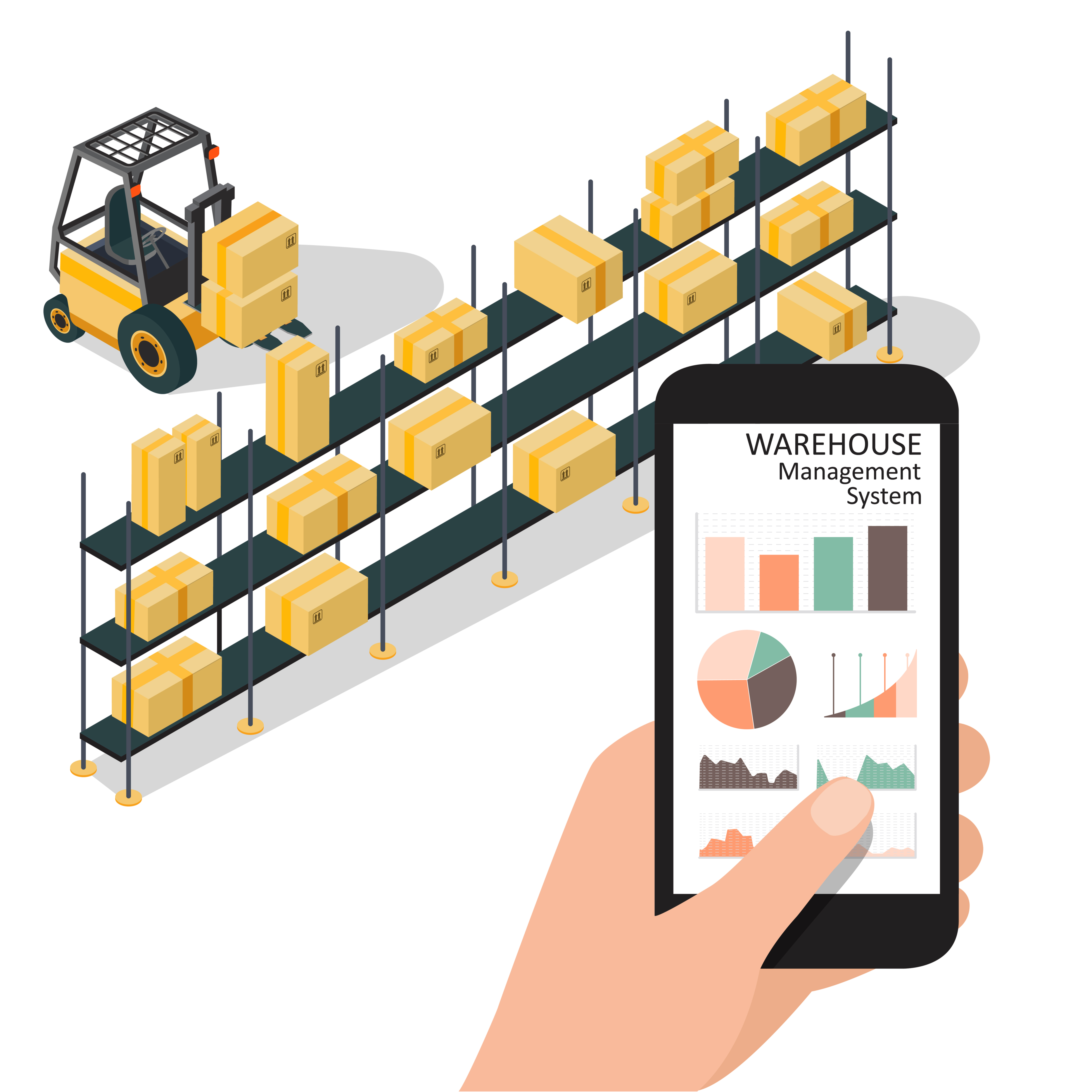
For implementation we follow a AGILE/SCRUM “project template” for each product (qwikScan, qwikTrak and megaTrak) that gives a road map on what your project will look like. This is adapted to your specific requirements, or “user stories” (using SCRUM terminology) You will see in our industry standard online project management tool (Jira) that we have specific steps we follow to guide you through your implementation. Jira connects “real time” to our online project management communication tool, Smartsheets, which customers get an up to the minute update on their project as for time and deliverables. All of these project details are made available on our customer portal so customers can view project documents, diagrams, user requirements, key decisions, timelines, etc.
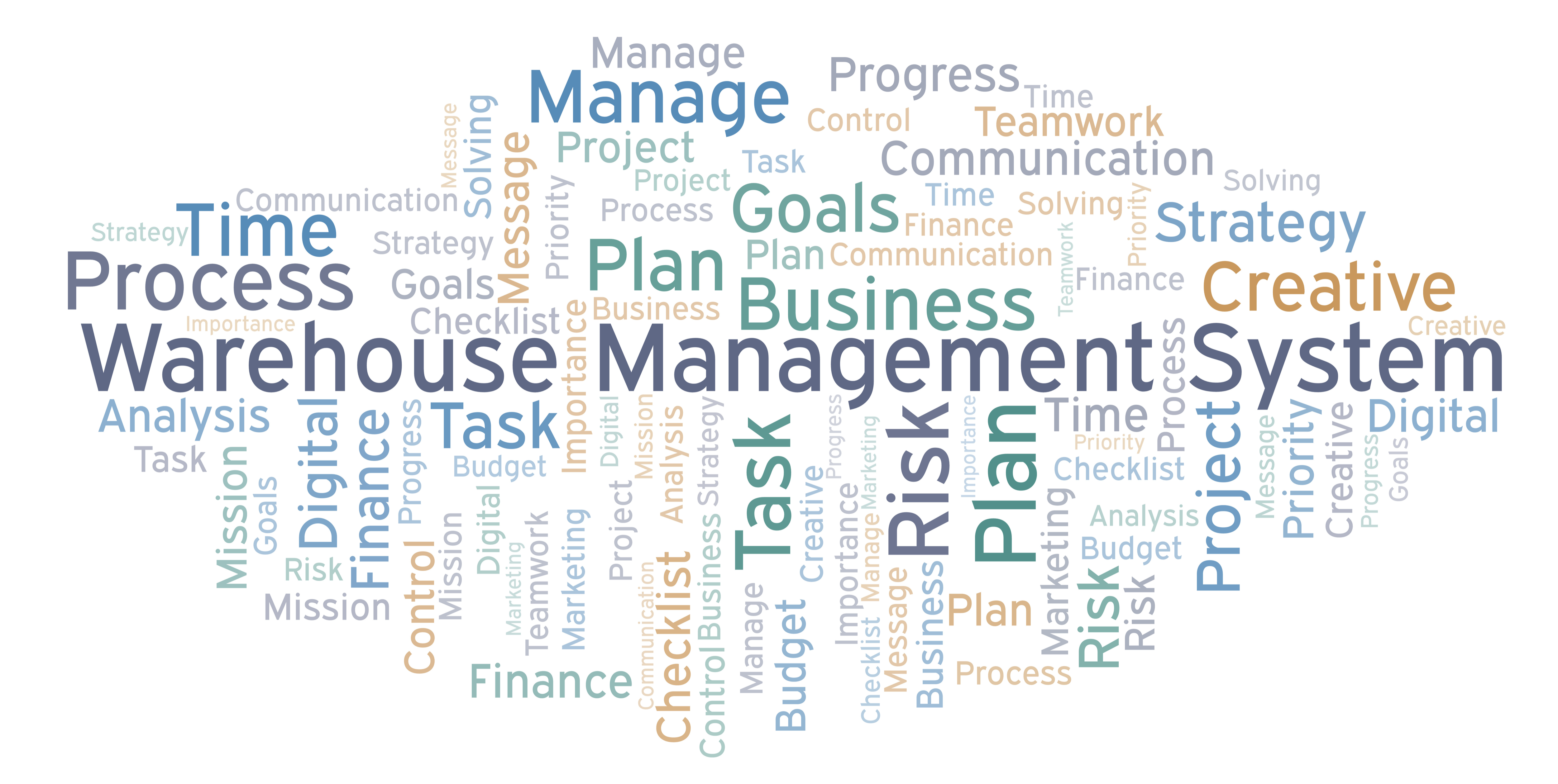
PROJECT MANAGEMENT
As part of project management there are several Phases we go through in the life of the implementation. As we will discuss in the AGILE/SCRUM explanation on the next page, we deliver customer requirements in manageable “chunks” or “Sprints” as to keep the project fresh and on track. That said, there are several more activities that are involved in the life of the project, which we line out in the below graphic.
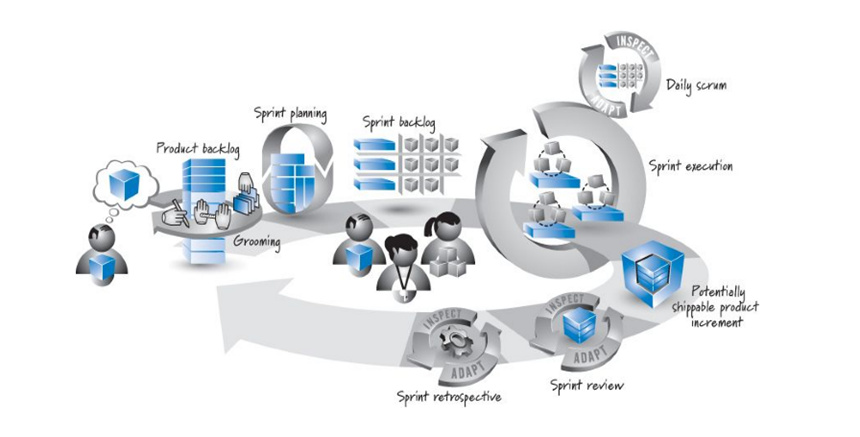
These phases, of course, differ when taking the different products into consideration. qwikScan, which is a basic inventory tracking product, does not go deeply into customer requirements (User Stories) except for labels, reports and queries. It is designed to implement fast with few changes. On the other hand our starter WMS, qwikTrak will have more User Stories to implement and megaTrak can have a lot of Customer specific requirements. We rightsize these phases to match your product and complexity of requirements.
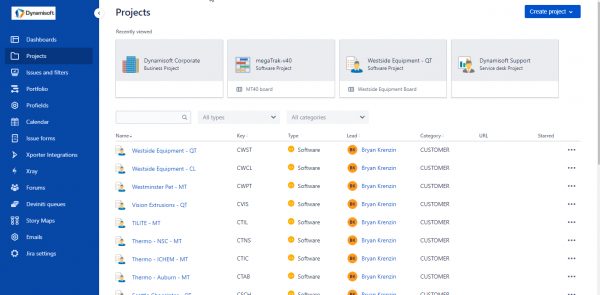
As discussed above, we have several tools we use in delivery of each implementation. Jira, our online AGILE/SCRUM tool, is the base tool set. Along with that we keep all project planning and tracking in an industry standard tool, Smartsheets, which connects real-time with Jira to track deliverables as they are executed and delivered. Inside Jira, there is a tool that connects all documents for the project, called Jira Confluence. Our GIT-based version control system that also connects with Jira, or Jira Bitbucket for each project, which houses any customer-specific documents, reports, labels, etc. We make all of this available to our customers and provides us the ability to keep versions.
AGILE / SCRUM
In previous experience with WMS implementation, those at Dynamisoft managed projects using a “Waterfall” methodology that seeks to gather all requirements, build those requirements, test and implement. Dynamisoft, from the beginning has adhered to using the AGILE / SCRUM implementation model because it better suits managing software implementations where customer requirements / user stories play a part of the implementation. Due to the fact that our products are built on a flexible platform we need a compatible methodology to deliver that flexibility in a concise fashion that properly captured these user requirements.
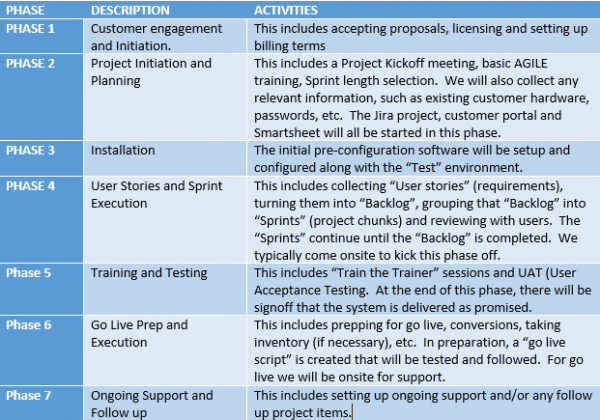
The above graphic explains this, which we will explain. First, you have the User Stories, which are your (the customer) requirements. Those are then listed out as “Backlog” for Dynamisoft to complete and deliver. We organize these Backlog items into a “Sprint” (or project chunks) and communicate back to you in a “Daily Scrum” (interval varies). Once we finish that “Sprint” we come back to you, the customer, for review of the deliverables in that “Sprint” to make sure we are on track. This has several advantages over traditional “waterfall” project management in that: it gets customer feedback in regular intervals, finds issues earlier and divides the project in manageable chunks. This management tool is a “concentric circle” and repeats for each “Sprint”.
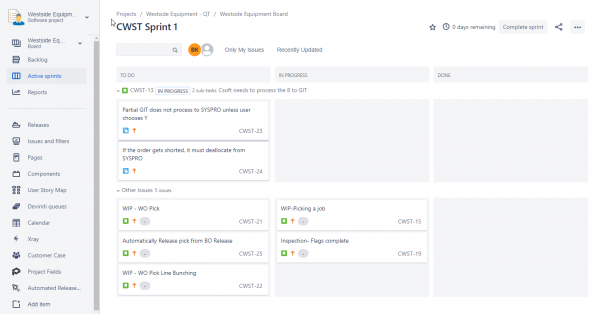
AGILE / SCRUM gives us the methodology to deliver to customer needs while staying on track. As explained in the “overview” we track all of this in our online tool, Jira (an industry standard AGILE/SCRUM tool). This allows us to not only collaborate with our team internally, it also allows us to work with our customers through an online portal, email updates, etc.
CUSTOMER PORTAL
In our services description are we have talked a lot about customers being able to see and interact with us in the Customer Portal. Each customer will get a portal that will contain the following items:
- A link to their project page that will include all documents, timelines, etc.
- A link to their Smartsheet with is used to communicate project deliverables and timelines in a real-time, graphical manner.
- A link to their support page so they can open up support tickets.
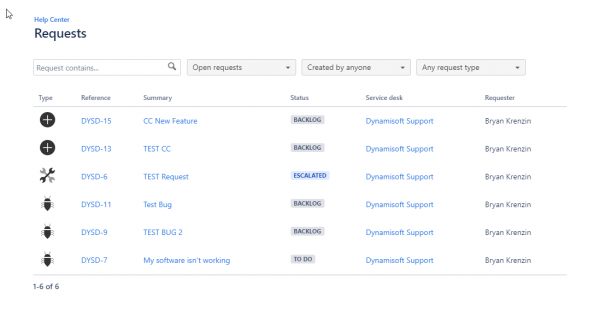
There are several document types we create along the way in a project. The more obvious ones are “User Stories” (requirements), Project plans and Sprint planning. Some of the less obvious ones are documents, such as: Key Decisions, Security Matrices, Testing documents and site visit documents.

Having all documents in one place, accessible to all stakeholders in the project for review and comment provides consistent collaboration…and keeps misunderstandings to a minimum.
CUSTOM PROGRAMMING
There are times when custom programming is required on a project to meet a very specific User Story. We always strive to keep the Backlog delivery for User Stories within our existing configuration platform, but if a requirement forces us to move outside of that platform, we will engage in custom programming projects.
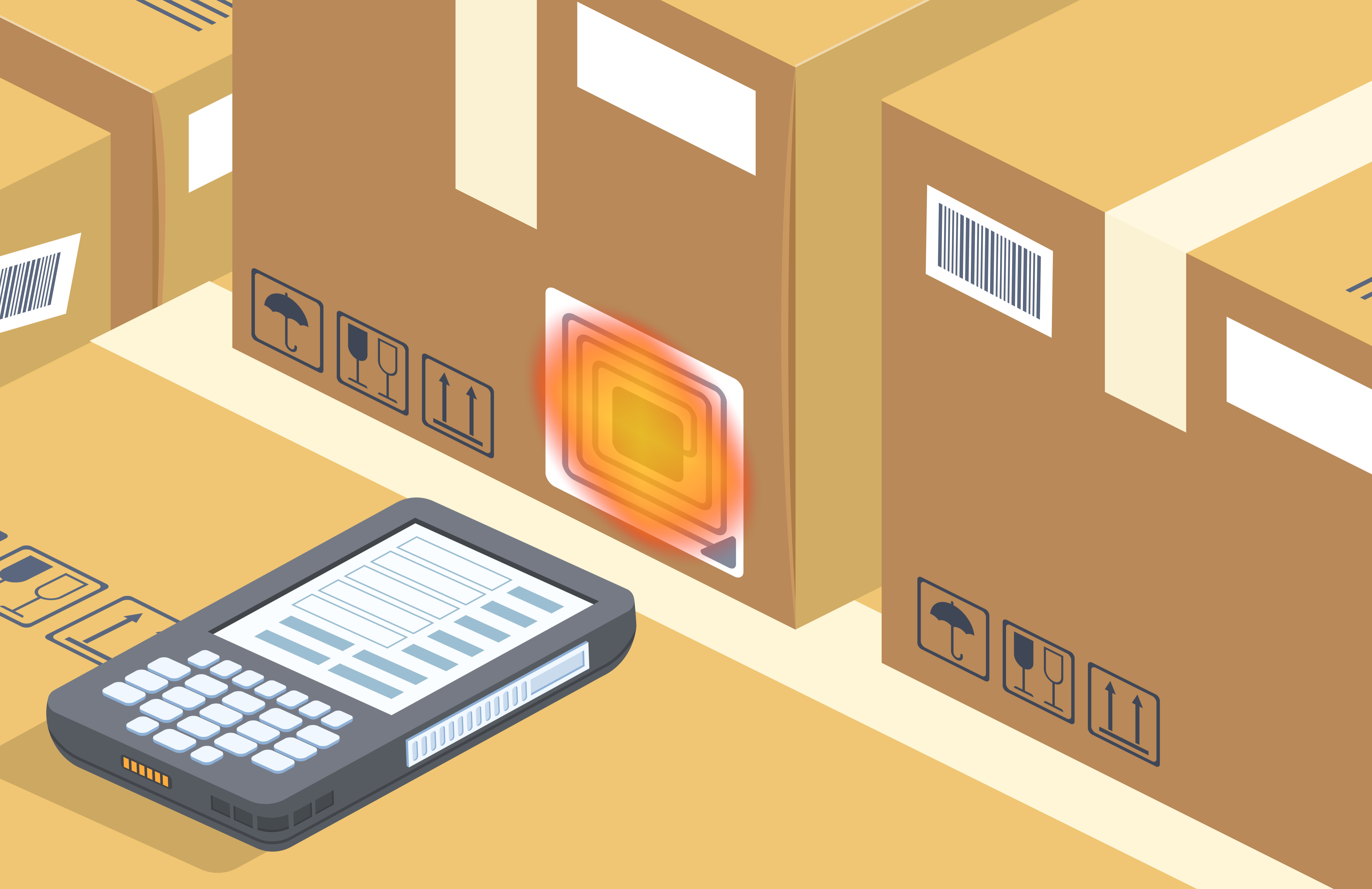
Our custom programs use the following technology:
- Microsoft .NET Technologies for Desktop programs.
- Microsoft Xamarin for Mobile Programs.
- Microsoft MVC Core for REST AZURE and IIS Services.
- Microsoft SQL Server for back end database and Stored Procedure Programming.
- SQLite for Local Database Programming.
- SYSPRO e.net for Business Object Programming with SYSPRO.
